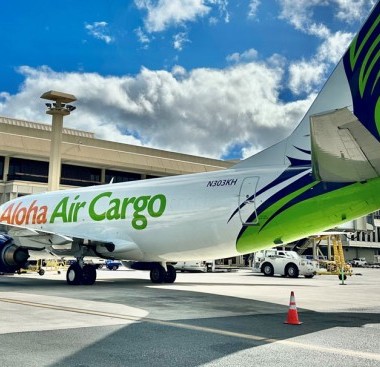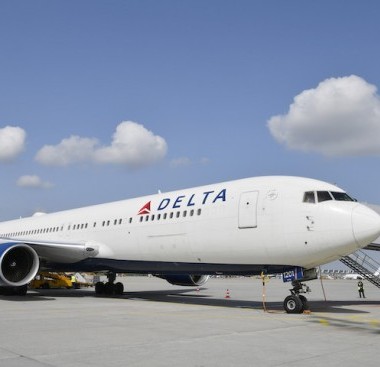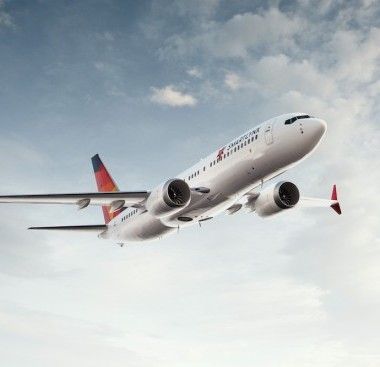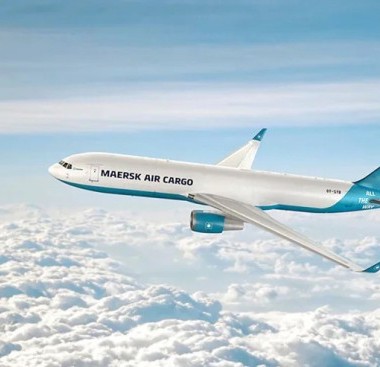U.S. Should Better Use the Airports It Already Has: Conor Sen
Infrastructure in America is full of contradictions: A shortage of affordable housing, even as rural America hollows out. Fulfillment centers for e-commerce companies like Amazon are booming at the same time that malls are dying. And national airport hubs are thriving while regional hubs are a shell of what they were a decade ago.
One of these problems actually looks more like a solution. Struggling places with excess airport capacity have an economic opportunity that larger, more vibrant cities do not.
Changes in the airline industry in the 2000s created a lot of excess airport capacity in certain places. Since the year 2000, TWA, America West Airlines, US Airways, Continental Airlines, AirTran Airways and Northwest Airlines all disappeared via mergers or bankruptcy. In order to cut costs and become more efficient, the remaining consolidated airline companies reduced service in certain markets, and exited some of their regional hubs. Passenger traffic at those hubs plunged. Since their peaks, passenger traffic at former regional airport hubs in Cincinnati, St. Louis and Memphis is down over 50 percent.
But even though those airports might be quieter than they were 10 or 15 years ago, that airport infrastructure remains. The demand for infrastructure is a lot more elastic than the supply. This spare capacity that can be put to work a lot faster than some other community could build a new airport or even add a runway. So perhaps it’s no surprise that Amazon, voracious builder and consumer of infrastructure, has staked its claim to one of those aforementioned former regional hubs by announcing earlier this year the construction of a $1.5 billion cargo hub at Cincinnati/Northern Kentucky International Airport. While passenger traffic at the airport remains 70 percent below its peak levels in 2005, cargo volumes are booming. Even before Amazon’s investment, Cincinnati had become a top 10 airport by cargo volume in the U.S., joining three others in the region—Indianapolis, Louisville and Memphis (the cargo leader and the FedEx hub).
Thanks to modern communications, global talent is more accessible in more markets than ever before, but physical infrastructure remains a constraint that no smartphone app or factory robot can overcome. J.D. Vance, celebrated author of “Hillbilly Elegy,” admitted as much in a piece he wrote last week announcing that he was moving home to Ohio in part to help the kinds of struggling communities he grew up in. Rather than move back to his hometown of Middletown, Ohio, he’s moving to Columbus to be close to its airport so he can continue traveling as part of his career. The lesson is not that Middletown needs a big airport, but that Columbus can benefit from its airport more than it currently is.
And while much of the last generation’s worth of tech innovation revolved around computing and communications, the next generation’s may revolve around transportation, perhaps elevating the importance of airports. The retail industry moving from physical stores to e-commerce means more importance for cargo and cargo hubs. Drones are a natural opportunity for airports. And even a technology like autonomous vehicles could take advantage of the ample land at airports for storing and maintaining thousands or tens of thousands of vehicles.
Rather than focusing on jobs in specific industries like manufacturing that have already left and will continue to leave, the U.S. should be more focused on putting to work the infrastructure that can never leave. In some cases that might mean tax incentives for companies like Amazon if their airport-centric activities bring enough jobs and the promise of a future self-sustaining hub. In other cases that might mean a loosening of regulations or the creation of special economic zones for technologies like drones or autonomous vehicles that hold the promise for significant growth and airport-centric economic activity in the future.
It may be hard to imagine spare capacity at the Memphis and St. Louis airports as a generational investment opportunity, but as buyers of San Francisco and Manhattan apartment buildings 40 years ago can attest, sometimes neglected infrastructure doesn’t stay neglected for long.
This column does not necessarily reflect the opinion of the editorial board or Bloomberg LP and its owners.
Similar Stories
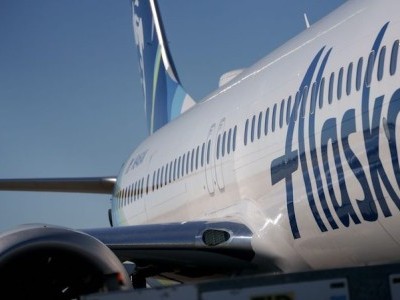
Alaska Air profit forecast signals rebound from Max woes
View Article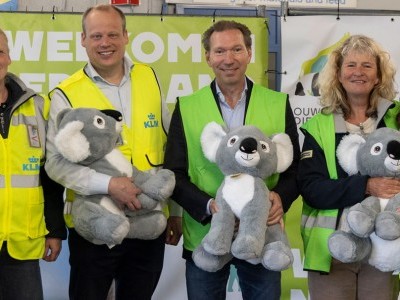
Air France KLM Martinair Cargo transports koalas to Ouwehands Zoo in the Netherlands
View Article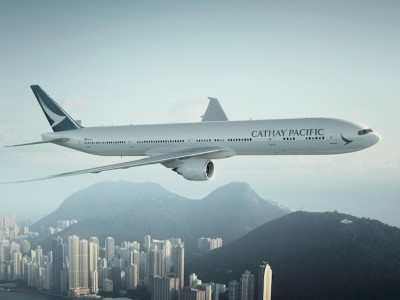
Cathay Pacific releases traffic figures for March 2024
View Article
Alaska Air Group reports first quarter 2024 results
View Article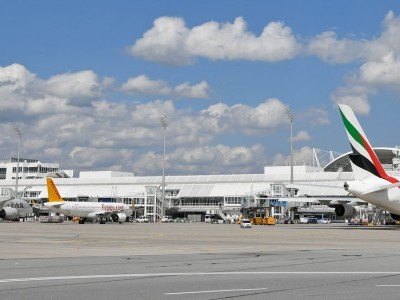
Munich Airport: Positive annual result and strong traffic growth
View Article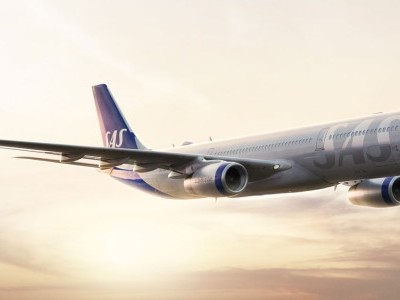
Scandinavian Airlines (SAS) and Worldwide Flight Services (WFS) partner for cargo handling at a fourth major airport in North America
View ArticleGet the most up-to-date trending news!
SubscribeIndustry updates and weekly newsletter direct to your inbox!

